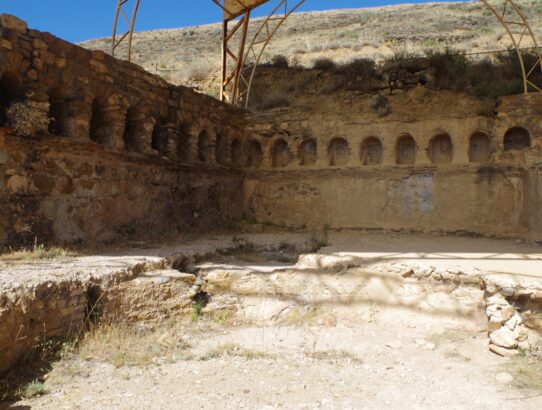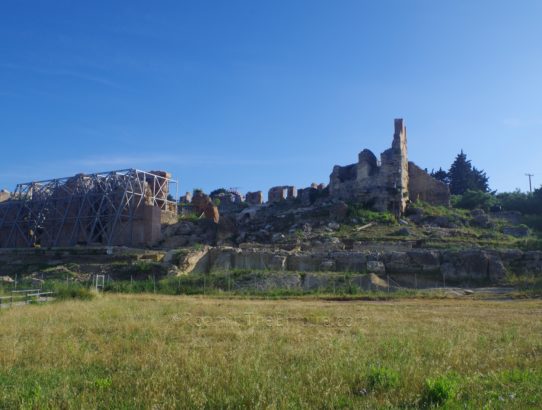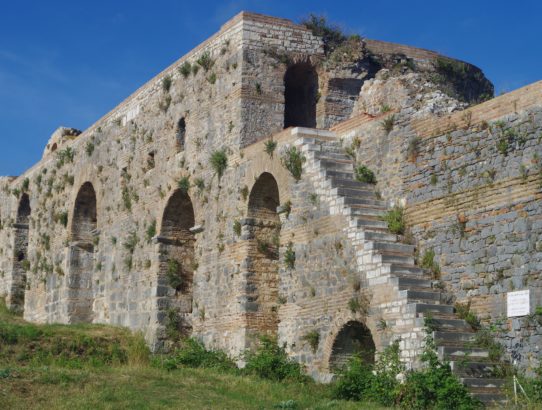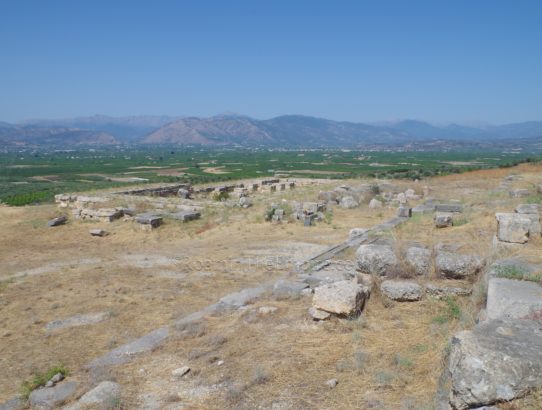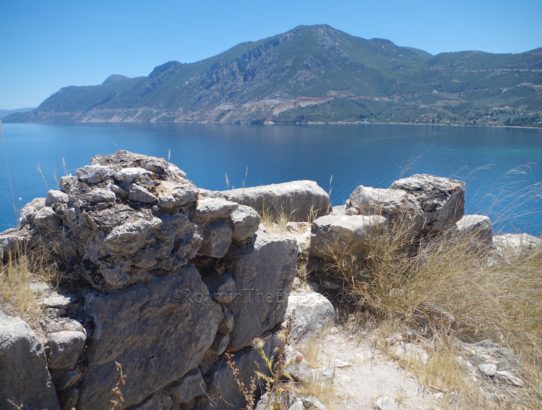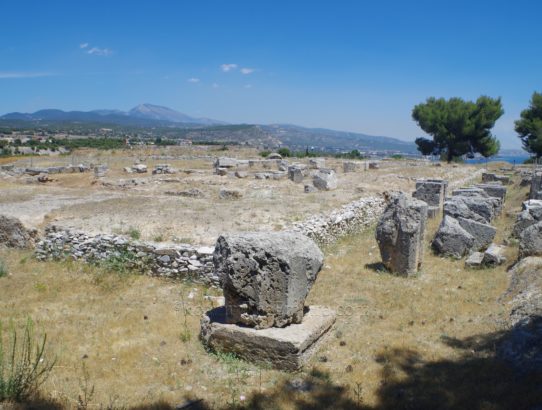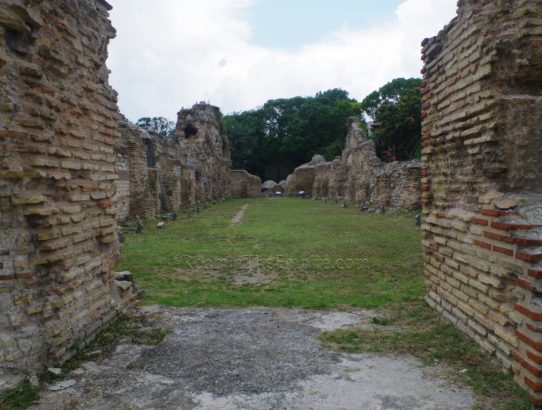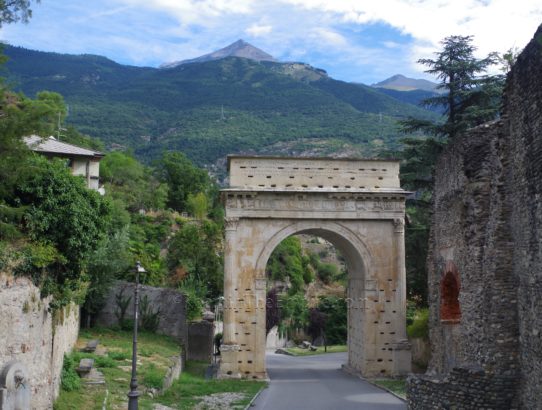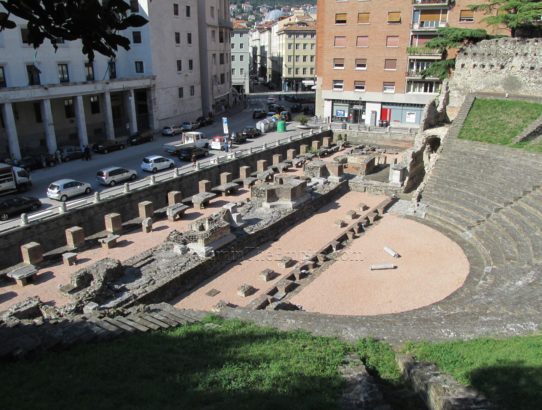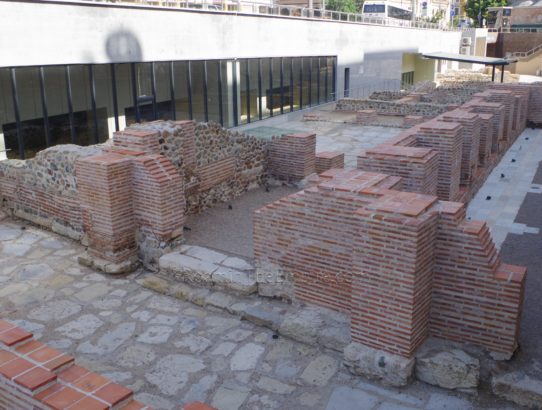Augusta Bilbilis, Hispania Tarraconensis – Part II
Continued From Augusta Bilbilis Part I The forum of Augusta Bilbilis was inaugurated in 27 CE. It underwent renovations in the Flavian and Antonine periods. Like the theater, the forum too seems to have seen a decline in use during the 3rd century CE. The open plaza of the forum is supported on an artificial…
Read More


